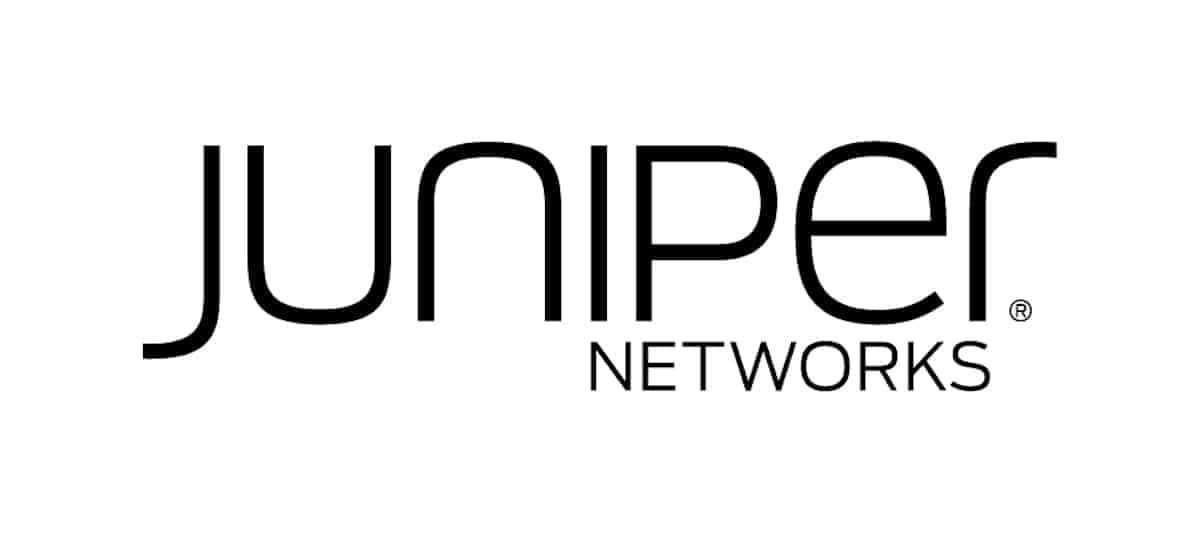In a historic milestone for telecommunications, Elisa Oyj, a leader in digital and telecommunications services in Finland, in collaboration with Juniper Networks, has announced the deployment of the world’s first coherent 800Gbps Ethernet service. This advancement utilizes the 800ZR coherent transceivers and is part of Elisa’s strategy to modernize its backbone network, which is essential for the development of its mobile and fiber optic infrastructures.
The first deployment of this technology has taken place in the metropolitan area of Helsinki, using Juniper Networks’ PTX series routers and an initial version of their JCO800 coherent optics. This development represents a crucial step towards a more robust, scalable, and sustainable network that will meet the growing demand for data in Finland and ensure secure connections to international networks.
Innovative Technology: IP over DWDM
The deployment is based on Juniper’s Converged Optical Routing Architecture (CORA) that employs IP over DWDM (IPoDWDM) technology. This approach eliminates the need for multiple network elements by integrating coherent transceivers directly into the router ports. Key benefits include:
- Efficiency and Flexibility: The 800ZR and 800ZR+ transceivers allow operators to switch between traditional and coherent optics based on specific needs.
- Cost Reduction: This design simplifies implementations and lowers operational expenses.
- Sustainability: The compact and energy-efficient design of the solution reduces electricity consumption and cooling demands, minimizing environmental impact.
The PTX10002-36QDD router, used in the deployment, is the first to support high-capacity configurations for connections of up to 800GbE. Built on Juniper’s Express 5 ASIC, it combines operational simplicity, energy efficiency, and scalability to meet the demands of advanced applications such as artificial intelligence and machine learning.
Impact for Finland and the Global Market
With this technology, Elisa Oyj will significantly increase the capacity of its backbone network, ensuring its ability to meet the growing data demands in the coming years. This advancement is essential for maintaining reliable and secure connections in national and international data exchanges.
“The collaboration with Juniper enables us to develop our backbone network to meet our customers’ increasing needs. As artificial intelligence and digitization progress, more data is transferred between data centers, and we must continue to develop our network to address these challenges,” stated Kalle Lehtinen, Chief Technology Officer of Elisa Oyj.
Sustainability and Scalability as Key Pillars
The implemented solution stands out not only for its performance but also for its commitment to sustainability. By optimizing space utilization and reducing hardware requirements, the technology minimizes the environmental impact associated with the implementation, maintenance, and disposal of equipment. This reflects Elisa’s commitment to a sustainable future through digitization.
“We are proud to partner with Elisa Oyj on this groundbreaking achievement that not only sets a new standard in speed and capacity but also reinforces our mission to build sustainable and future-ready digital infrastructures,” noted Steffen Gienger, Vice President of Service Providers for EMEA at Juniper Networks.
Future Prospects
The success of this deployment in Finland marks a turning point in the adoption of IPoDWDM solutions in the global industry. According to Scott Wilkinson, Principal Analyst of Optical Components at Cignal AI, “The collaboration between Elisa and Juniper demonstrates the potential of 800Gbps coherent transceivers to transform the design and deployment of networks.”
With a constant commitment to innovation, this partnership between Elisa Oyj and Juniper Networks not only sets a new standard in the industry but also ensures that Finland remains at the forefront of global telecommunications, contributing to the development of a more connected, efficient, and sustainable digital infrastructure.
via: Juniper

